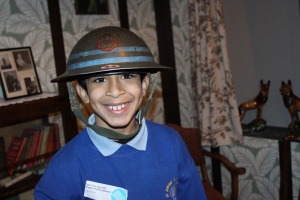On Thursday 15 May, the PHM will explore alternative histories for Museums at Night. Join our hypothetical tour guides as they weave tall tales and ask you to imagine infinite possibilities of what might have been. In a series of blog posts before the event we’ll be featuring questions so you can swot up on your hypothetical history and add your own alternatives. On the night we’ll subvert our timeline with your suggestions. In this blog, our Gallery Assistant Andy Hoyle asks What if… Fascism had triumphed in Britain?
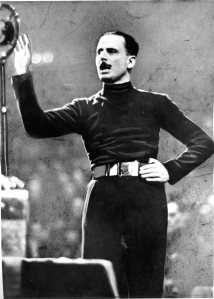 The British Union of Fascists was formed by Oswald Mosley in 1932. He had been both a Conservative and Labour politician and, after touring Benito Mussolini’s Italy in the early 30s, returned to Britain convinced that the doctrine of Fascism should be adopted. The BUF were initially supported by Lord Rothermere’s Daily Mail, and had significant backing from aristocratic circles. Funded with Italian money, the BUF mimicked their European counterparts as followers of the party began wearing Blackshirts during meetings and on marches.
The British Union of Fascists was formed by Oswald Mosley in 1932. He had been both a Conservative and Labour politician and, after touring Benito Mussolini’s Italy in the early 30s, returned to Britain convinced that the doctrine of Fascism should be adopted. The BUF were initially supported by Lord Rothermere’s Daily Mail, and had significant backing from aristocratic circles. Funded with Italian money, the BUF mimicked their European counterparts as followers of the party began wearing Blackshirts during meetings and on marches. 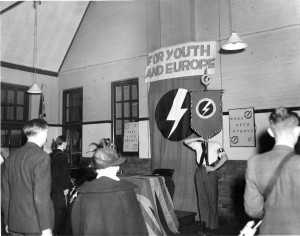 The lightning bolt inside a circle became their symbol. After Adolf Hitler came to power in Germany in 1933, the BUF began to shift tack and Mosley’s brand of Fascism became more and more anti-Semitic. Synagogues were increasingly attacked and graffiti was daubed on buildings (notably ‘Kill the Jews’ and ‘We want a pogrom in London’ written in 1936). This virulent anti-Semitism culminated at the battle of Cable Street in 1936, when approximately 4,000 Blackshirts attempted to march through the Jewish East End of London. An estimated 100,000 anti-Fascists opposed them. When war was declared in 1939 the BUF were banned and most of their senior leadership, including Mosley, were interned. But…could things have been different???
The lightning bolt inside a circle became their symbol. After Adolf Hitler came to power in Germany in 1933, the BUF began to shift tack and Mosley’s brand of Fascism became more and more anti-Semitic. Synagogues were increasingly attacked and graffiti was daubed on buildings (notably ‘Kill the Jews’ and ‘We want a pogrom in London’ written in 1936). This virulent anti-Semitism culminated at the battle of Cable Street in 1936, when approximately 4,000 Blackshirts attempted to march through the Jewish East End of London. An estimated 100,000 anti-Fascists opposed them. When war was declared in 1939 the BUF were banned and most of their senior leadership, including Mosley, were interned. But…could things have been different???
- Although the BUF didn’t stand in elections, could Mosley’s slate of MPs have done enough to influence British politics? Their anti-war stance struck a chord with many voters, and their protectionist, patriotic principles were popular in many districts.
- Could Mosley and the BUF have launched an internal coup? Franco succeeded in Spain using this method. Would the Blackshirts have gained any support from other areas in society such as the armed forces or the police force (some members of the Metropolitan Police were seen making fascist salutes at Cable Street)? Would Mosley have waited until after the war had commenced before launching his insurrection?
- If Hitler’s planned invasion of Britain (Operation Sea Lion) had been successful in 1940, would he have appointed Mosley as Prime Minister? If so, would there have been a resistance movement?
- What would Britain, or indeed Greater Manchester look like under a Fascist state? Would Manchester’s Midland Hotel have served as a BUF building? Would Rochdale Town Hall have functioned in a similar manner? It has been suggested that the architecture of these two buildings was especially favoured by Adolf Hitler. Would Strangeways prison be expanded to house political prisoners?
Add your answers below or come and discuss at our Museums at Night: What if…? event on Thursday 15 May, 5.00pm – 8.00pm
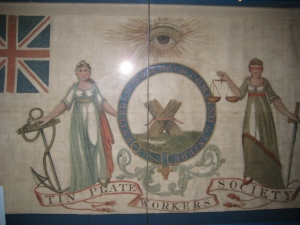
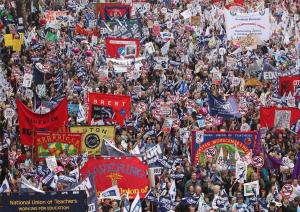
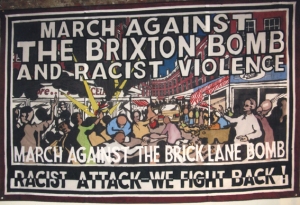


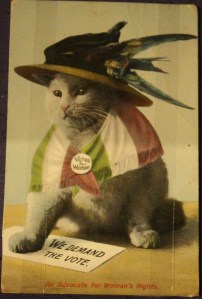
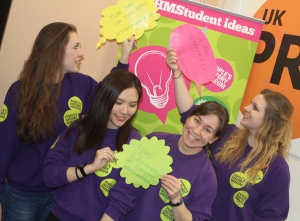 The People’s History Museum (PHM) is now showing a collection of pictures from our student campaign ‘Student Ideas Matter’. The display features a number of students, all from the Lancashire area, sharing their ‘ideas worth fighting for’. Come along to the museum, to see the photos in the foyer and Left Bank Café.
The People’s History Museum (PHM) is now showing a collection of pictures from our student campaign ‘Student Ideas Matter’. The display features a number of students, all from the Lancashire area, sharing their ‘ideas worth fighting for’. Come along to the museum, to see the photos in the foyer and Left Bank Café. 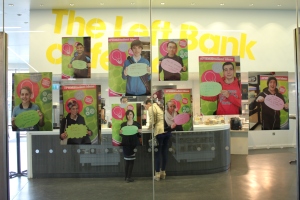
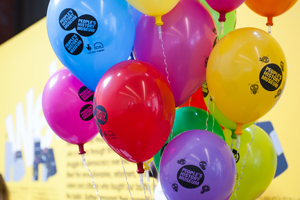 We are all really excited at the museum to announce that we achieved over 100,000 visitors in 2013/14. Four years since the museum re-opened after its capital redevelopment in 2010, the museum has seen visitors grow and grow each year from around 25,000 before our new building was opened to 108,600 in the last year!
We are all really excited at the museum to announce that we achieved over 100,000 visitors in 2013/14. Four years since the museum re-opened after its capital redevelopment in 2010, the museum has seen visitors grow and grow each year from around 25,000 before our new building was opened to 108,600 in the last year! Given the task of securing a work experience placement as part of my undergraduate History degree with the University of Exeter, I set about researching numerous institutional archives, museums and heritage sites. However, it was the focus on providing the working class people a voice that really drew me to the
Given the task of securing a work experience placement as part of my undergraduate History degree with the University of Exeter, I set about researching numerous institutional archives, museums and heritage sites. However, it was the focus on providing the working class people a voice that really drew me to the 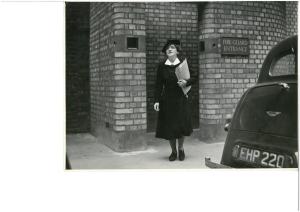 than one occasion getting lost in the lives of those featured in the image, although time consuming such identification with the people of the past has inspired me to go further in this field of public history.
than one occasion getting lost in the lives of those featured in the image, although time consuming such identification with the people of the past has inspired me to go further in this field of public history.